
Maritime Transport
Sea Freight
Shipping carries 99% of Australia’s total international trade by mass and tonne kilometres and 75% by value. As a result there are major efficiency and economic implications associated with ports and related landside road and rail systems. The advantages of sea transport are its capacity and economies of scale. It is particularly suited to long haul containerised and bulk cargo
Coastal shipping primarily moves bauxite, petroleum and cement products in a north-south direction for domestic consumption and processing prior to export.
Ports play a key role as gateways for international and coastal trade and commerce in Queensland’s logistics network. Ports provide a wide range of facilities that cater for the diverse land/sea interface requirements of international and coastal trade. The Port of Brisbane handles the majority of containerised general freight from international destinations (94%) with regional ports handling the remaining 6% of containers.
The world economy will continue to drive increasing demand for raw materials and energy, and will be reflected in future exports to countries such as China and India. The demand for Queensland mineral will increase as the economies of these countries expand. This demand will drive significant growth in freight activity and put increasing pressure on infrastructure between existing and emerging mining areas and key ports.
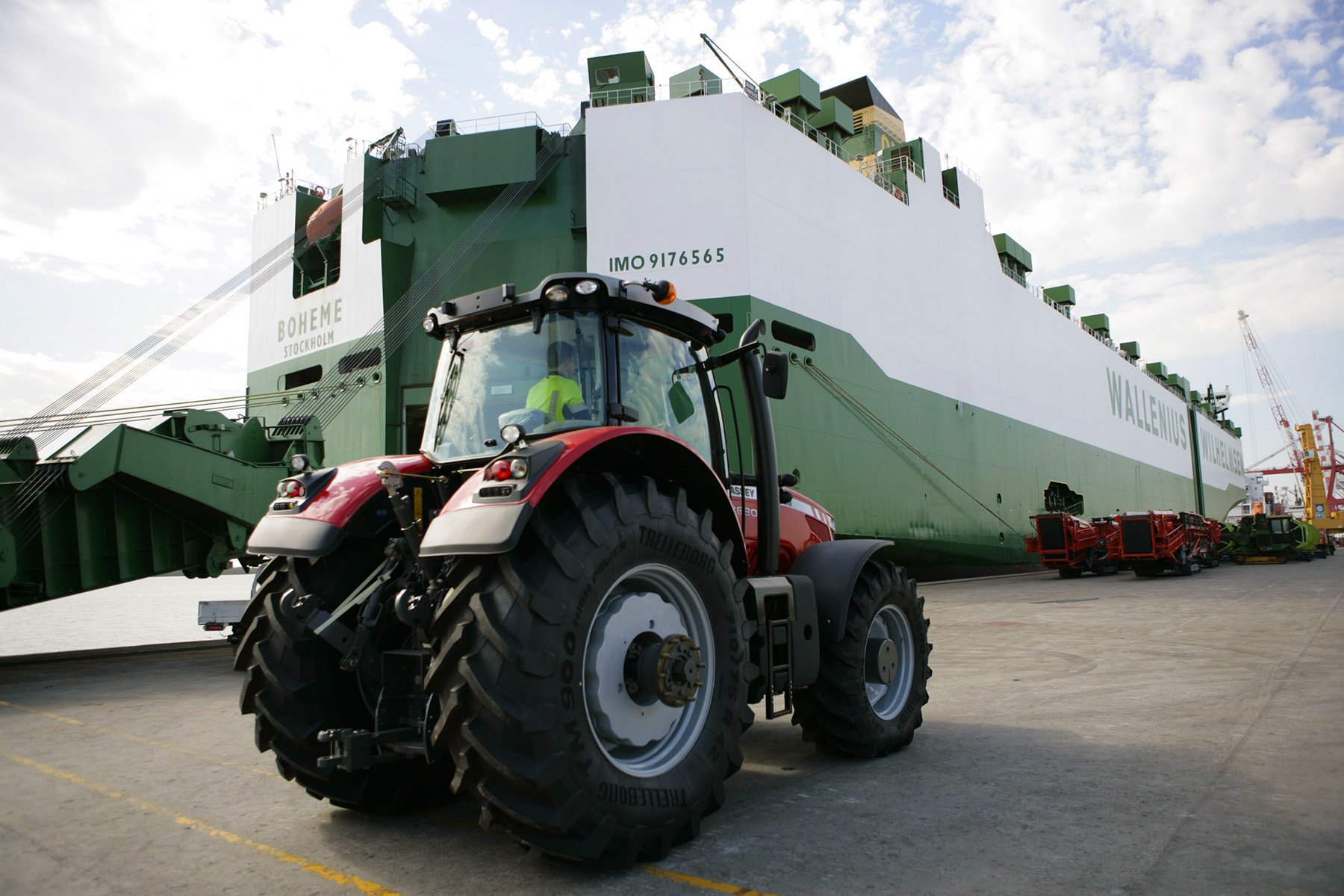
Ports
Ports play a vital role in Queensland’s logistics network as gateways for international and coastal trade and commerce. Each port provides a broad range of facilities that cater for the diverse land/sea interface requirements of international and coastal trade.
Australia’s ports and landside logistics chains face major challenges from the forecast growth in trade, with Australia’s bulk exports and metropolitan container imports being expected to double in size every ten years
As suggested in the National Land Freight Strategy Update there needs to be greater emphasis on port connectivity. Port activities such as the transport, storage and distribution of import/export containers between both the port and importers/exporters and the point of first pick up and final delivery can influence planning future road and rail landside infrastructure.
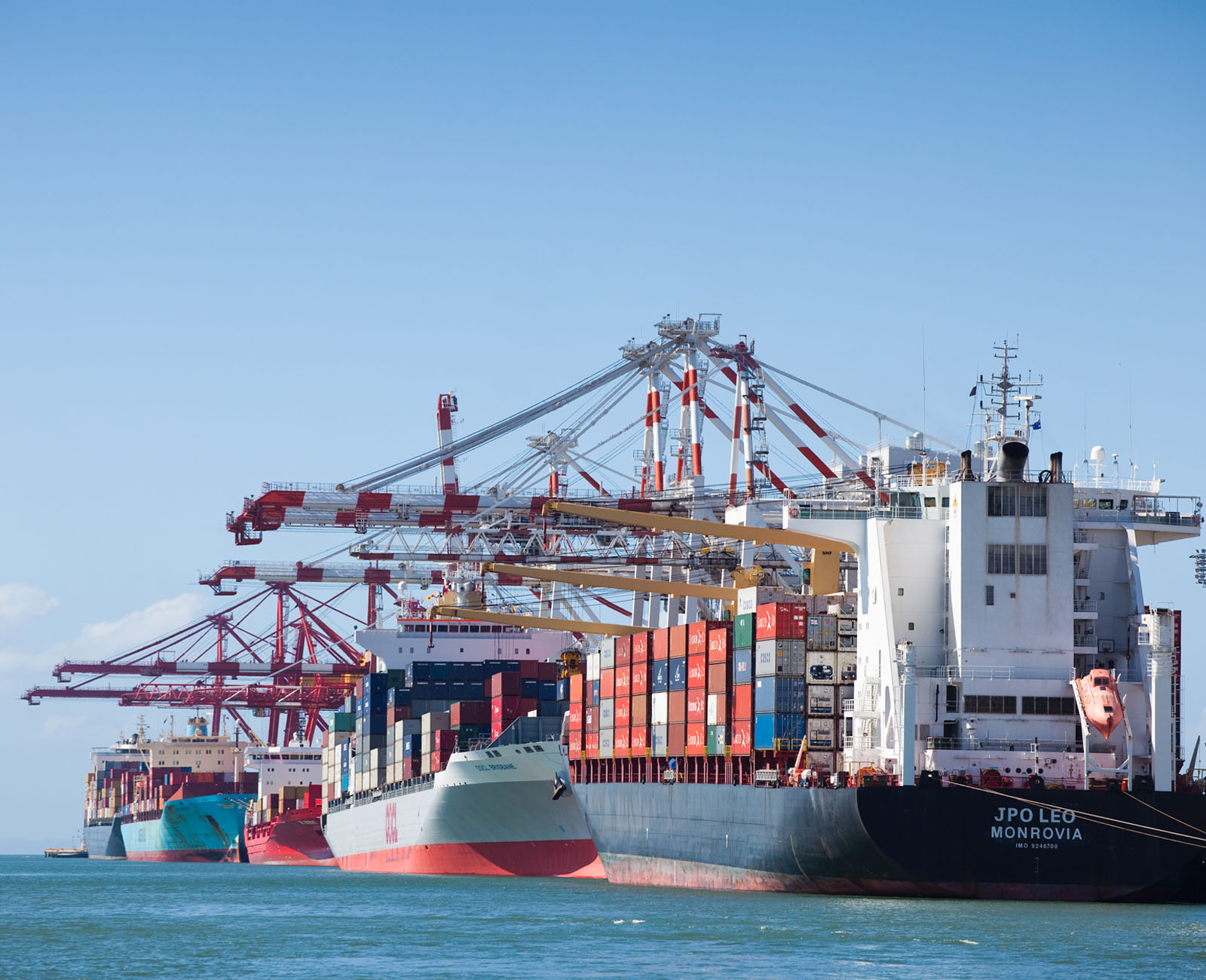
Latest Maritime Transport News
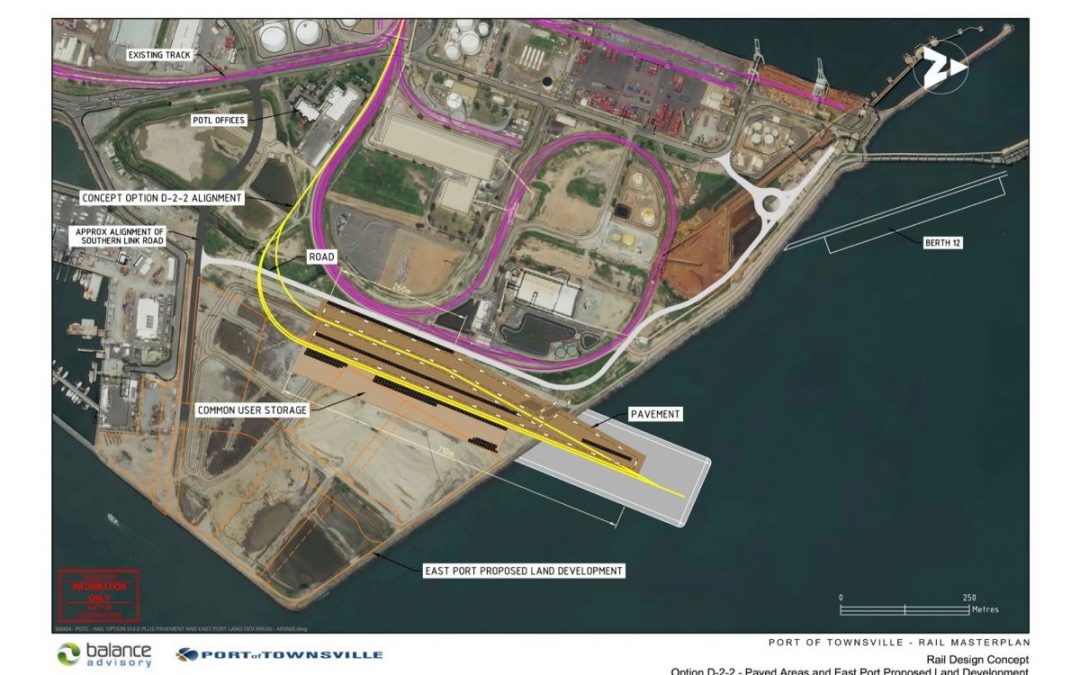
Townsville’s ‘Pit to Port’ rail freight initiatives
Townsville is on a growth trajectory. The Port of Townsville welcomed the State Government budget announcement of $30 million towards a new $48 million common-user rail freight terminal at the port. As part of the 'Pit to Port' solutions, the terminal is...
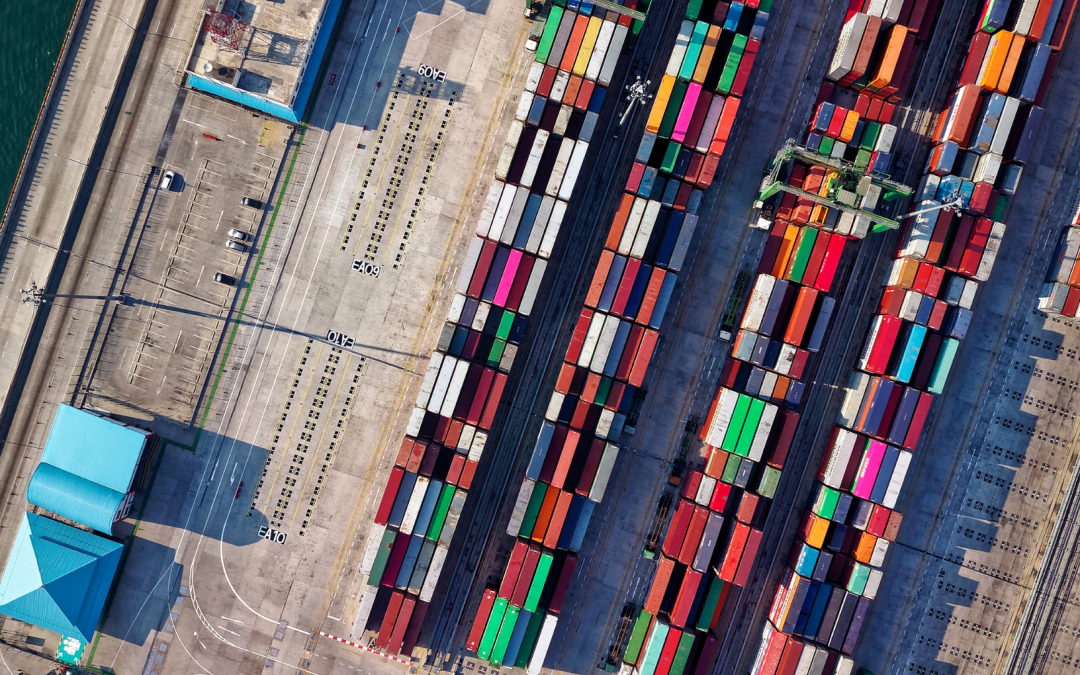
Ports Australia launches its Port’s Sustainability Hub and report
Ports Australia has launched its Port's Sustainability Hub and report - Ports and a Sustainable Australia.The report showcases the efforts being made by Ports around the country to assist in improving Australia for future generations. The Sustainability...
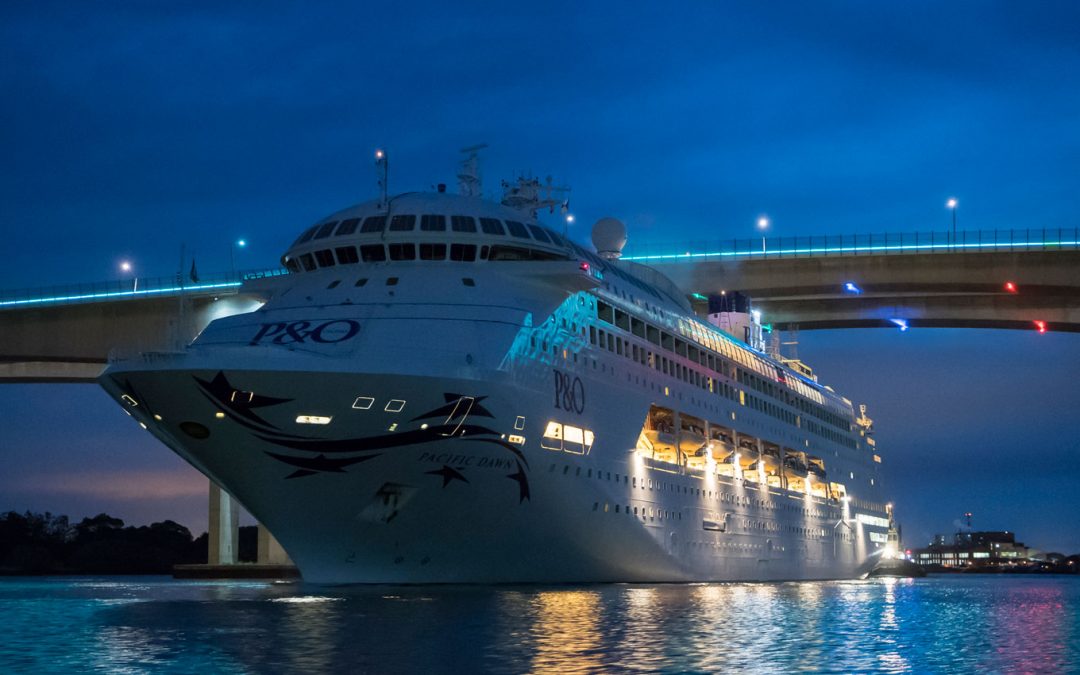
Brisbane’s new International Cruise Terminal
Work has commenced on Brisbane's new $158 million International Cruise Terminal, which heralds a new era for Queensland's economy. The $158 million project is scheduled to open in October next year, with the potentil to more than double Brisbane's cruise...
